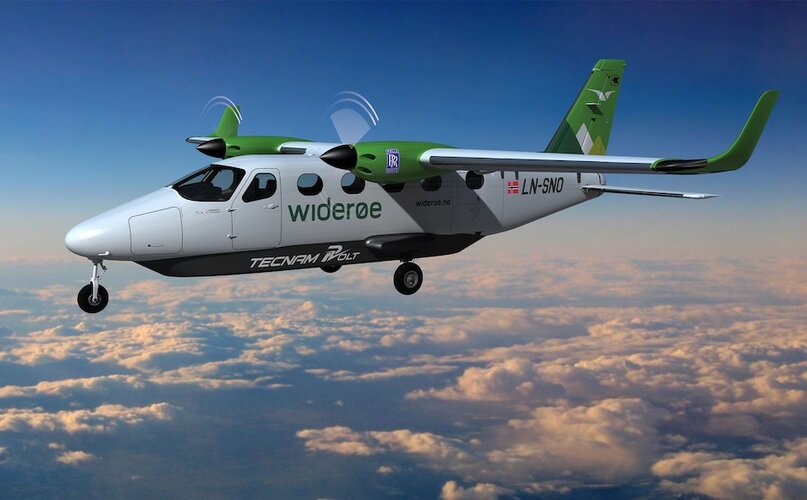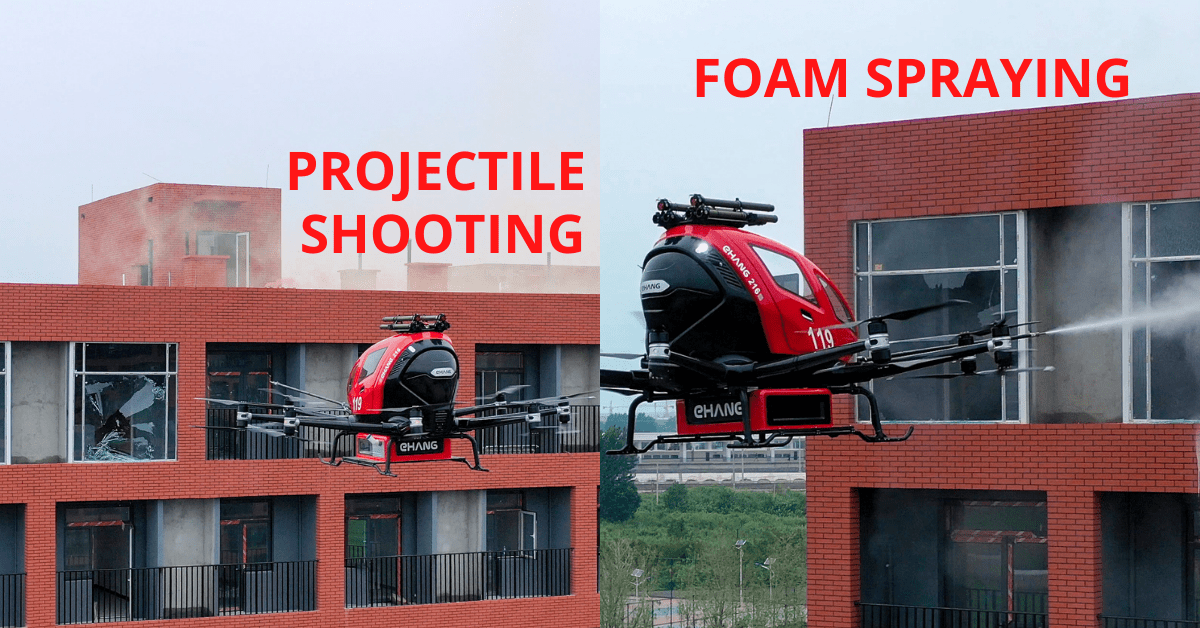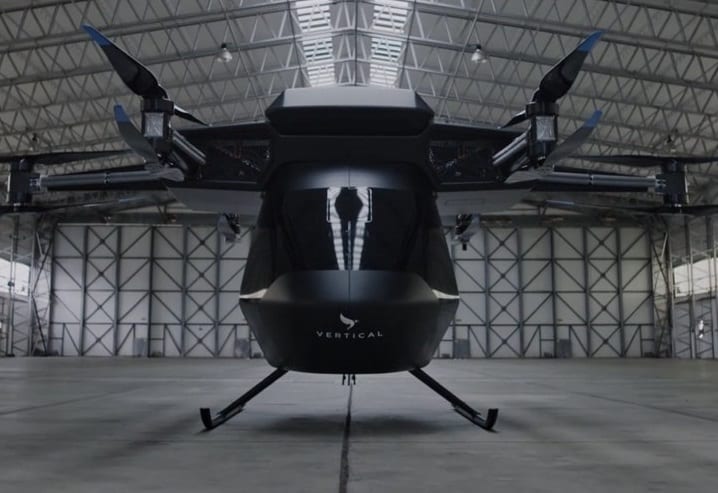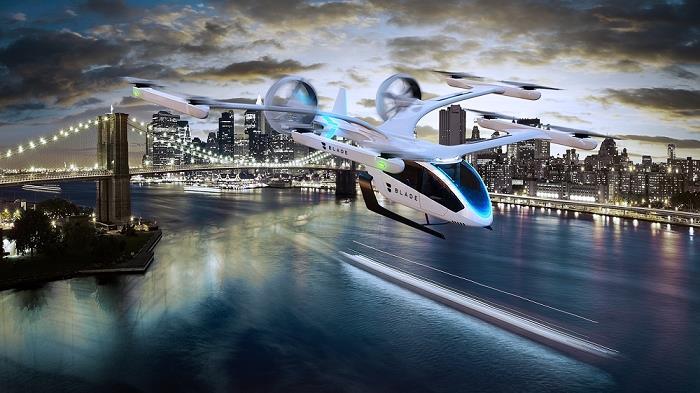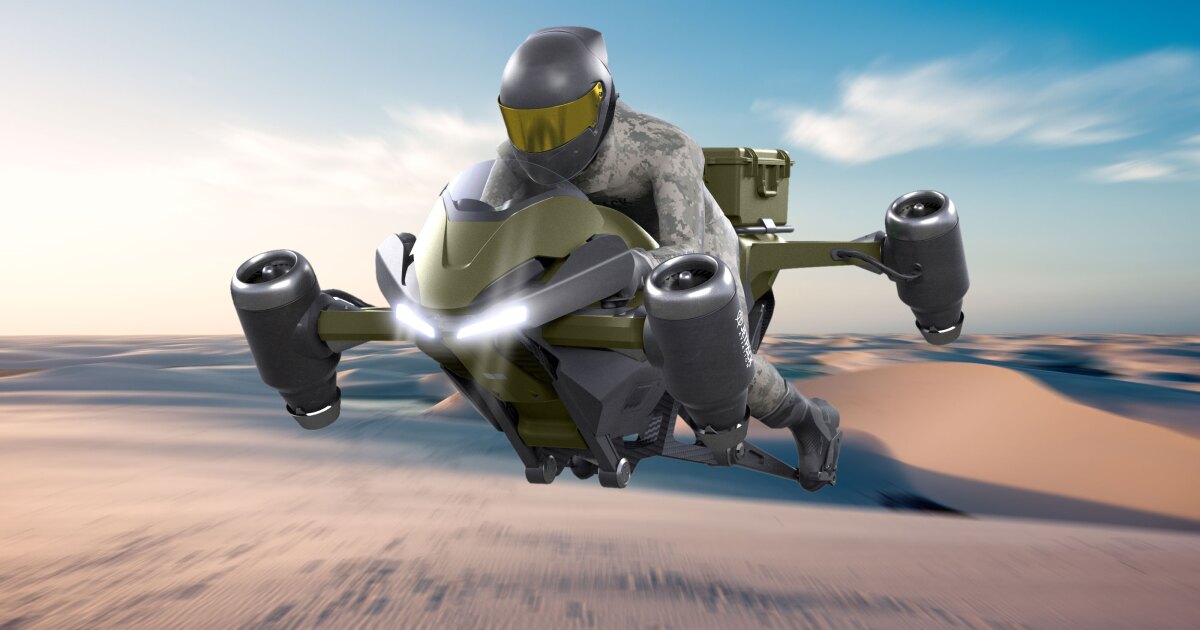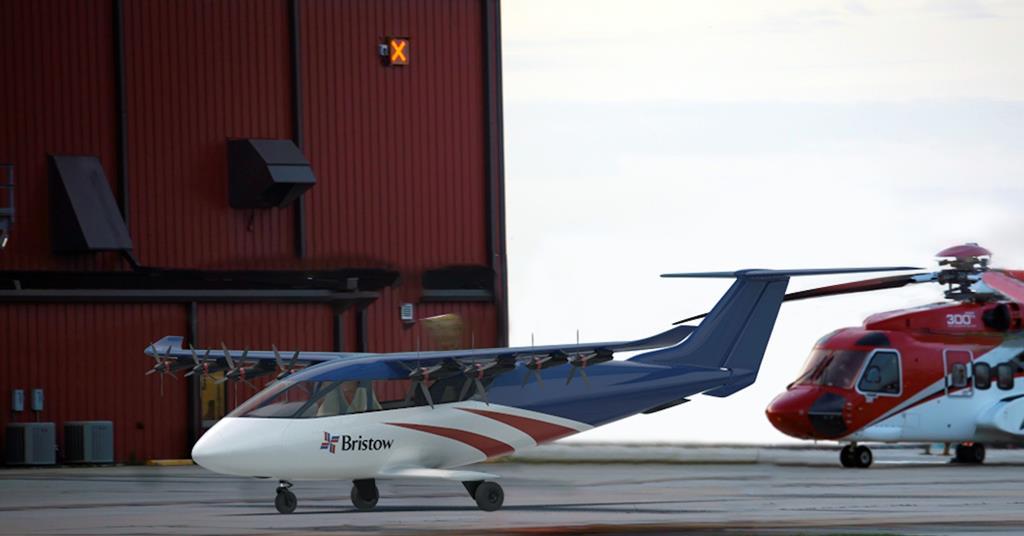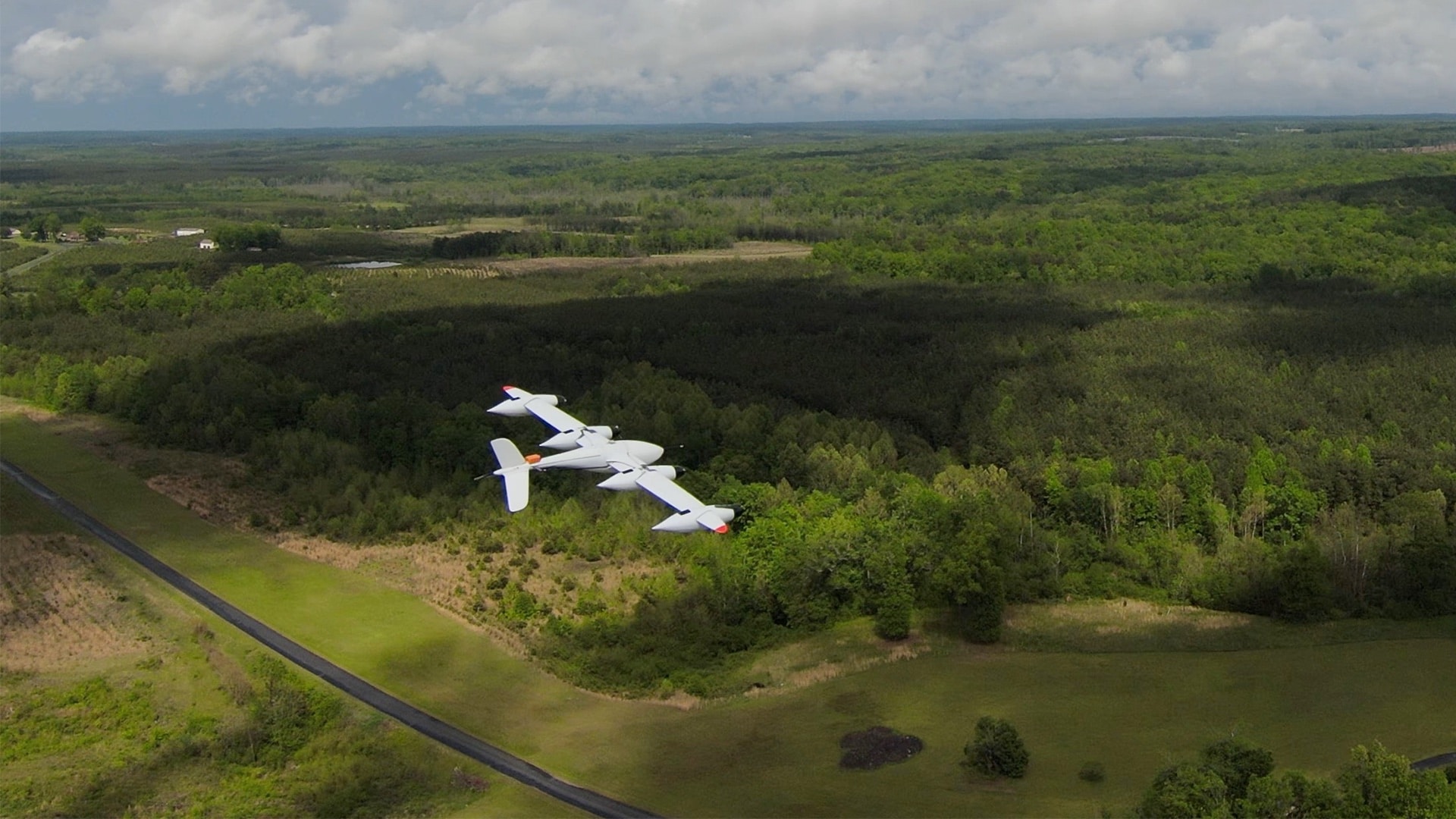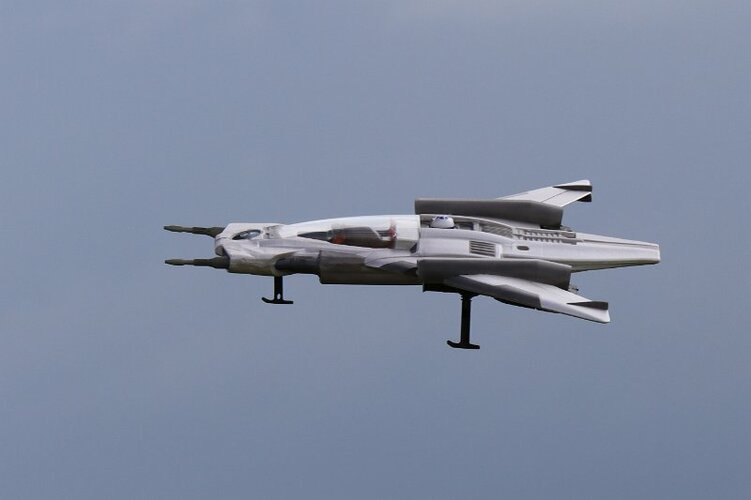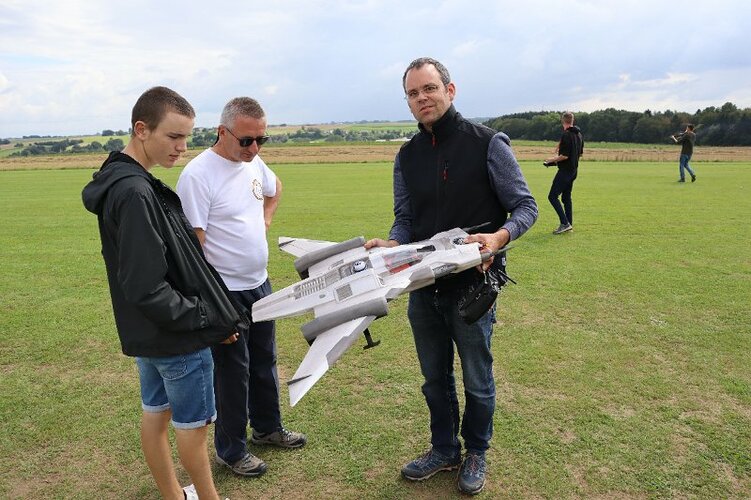alberchico
I really should change my personal text
- Joined
- 14 January 2014
- Messages
- 707
- Reaction score
- 1,513
You raise a good point about liability. In the U.S. there was an important piece of legislation enacted called GARA that shielded manufacturers like Cessna and Piper from frivolous liability claims and allowed the general aviation sector to roar back to life. I assume somethimg similar could be put in place to help the Evtol sector thrive. Just out of curiosity, does Europe have anythong similar to help protect its smaller GA manufacturers from liability abuse ?And yet another short haul electric project materializes. I'm not an aircraft engineer but those engines seem ridiculously small for an aircraft of that size.
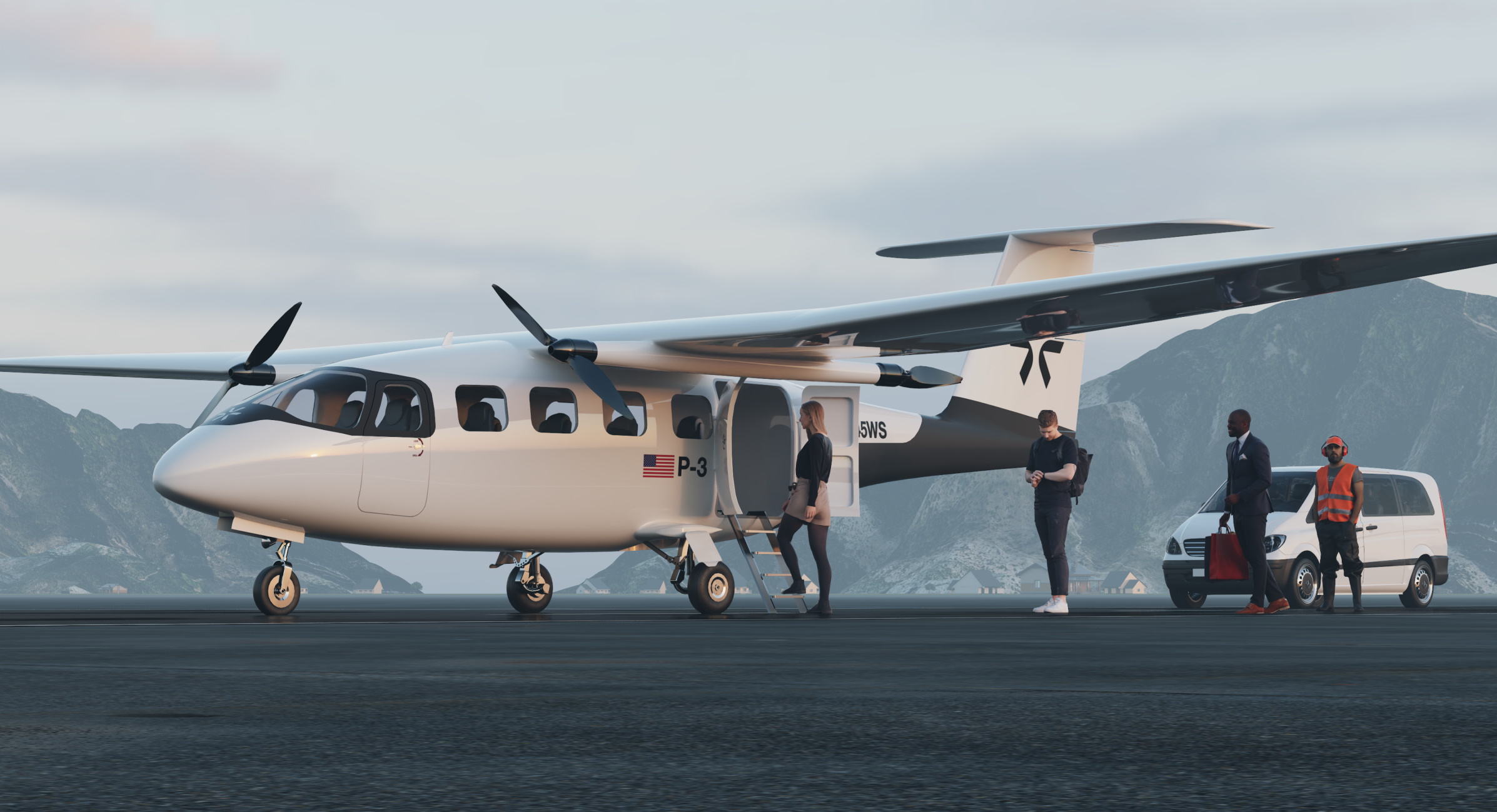
Pyka shows off its new electric passenger plane, the P3 | TechCrunch
Pyka appeared out of nowhere in 2019 with an unusual take on electric aircraft: a pilotless crop duster. The success of this first plane led the companytechcrunch.com
Pyka - Autonomous Electric Airplanes
flypyka.com
I reckon this as one of the more reasonable proposals although with the usual caveats;- it’s wing aspect ratio gives good cruise performance, while its wing area, combined with flap (Cl max) yields the very low landing speeds (55kts) which is essential for getting into the small strips. Yes the wing mass and turbulence response are both undesirable.The claimed mass fractions don’t look too unrealistic but the performance claims again seem to lack a climb fraction, battery aging fraction, battery operating low temperature fraction, real world considerations such as anti icing etc and again it maybe over reliant on maintaining natural laminar flow.
Yes the motors do look small but assuming they’re axial flux they might not get that much bigger. The prop idea is really novel and technically interesting, but I don’t like the concept of having the pax walking through the prop arc to board the aircraft. Props are real dangerous and Pax can be real dumb….. a combination made safe by a few switches?
One aspect never mentioned by these wannabe companies is the public liability aspect and potential litigation. I once worked with the former chief engineer of BAE Systems Jetstream business and he informed that this market sector was particularly bad compared to others. The basic problem was the operating organisations (airlines and airports) were typically too small/marginal to adequately manage the full range of business and technical risk. Incidents and business failures would routinely spill over to the aircraft provider, who was sued as they represented a very lucrative, indeed the most, cash rich target. The main reason BAESYSTEMS pulled out of the sector was a continuous trading loss coming from legal defence costs. Very few claims against them were successful but they had to pay money out of the business to fight every single one, and there were a lot.

General Aviation Revitalization Act - Wikipedia
Last edited:


